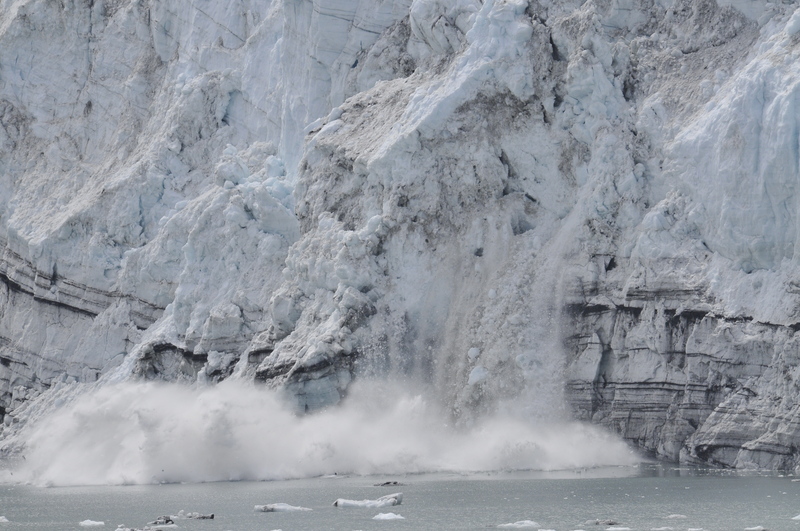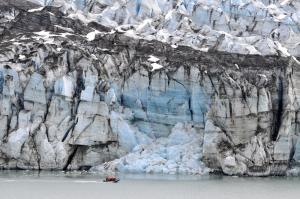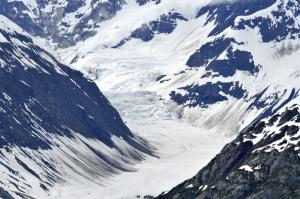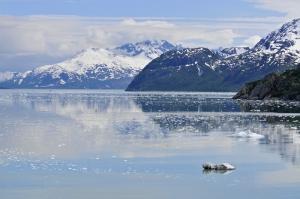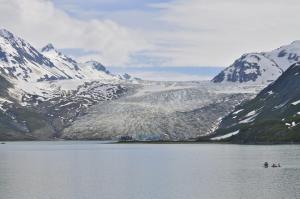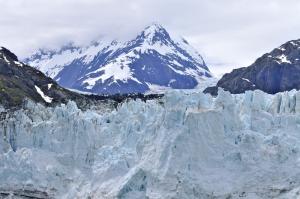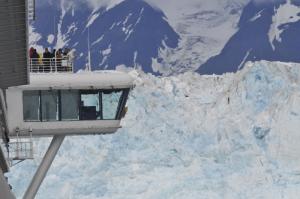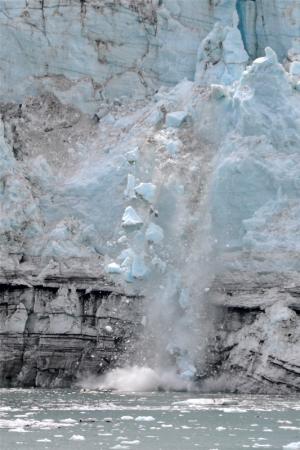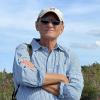Glacier Bay: The Crown of the Continent
Called the Crown of the Continent, Glacier Bay National Park and Preserve in southeastern Alaska is one of the most unique areas on Earth.
Nearly 90 percent of the the park's 400,000 annual visitors get there on a cruise boat of some description and there is good reason – the park is cut off from the outside world and is only accessible by boat or air with no roads into the park.
The park is a study in contrasts, from the high peaks of the Fairweather Range to the sheltered inland fjords cut out over time by moving glaciers, which are still evident in the park. Glaciers descending from snow-capped mountains into Glacier Bay create unbelievable landscapes of blue and white ice and iceberg formations. The park includes nine glaciers with four actively calving – or breaking apart – into the bay. On our cruise, we were able to see the Margerie and Lamplugh glaciers up close. Cruise ships are permitted into the park on a limited basis so that no more than one ship is in the upwaters of the bay at any given time.
For several hours we were held spellbound by the massive glaciers – some as tall as 200 to 300 feet and up to two miles across. The sights and sounds of calving were unreal as large chunks of ice cracked and broke off the face of the glaciers. The cracking echoed off the surrounding mountains, sounding like cannon shot.
Demonstrating the ever-changing face of Glacier Bay, Muir Glacier, one of the most spectacular glaciers named after environmentalist John Muir, receded so much over the past century that is no longer a tidewater glacier.
Early explorers had no access into Glacier Bay. As unbelievable as it sounds, in the late 18th century Glacier Bay was almost entirely covered by one large glacier. Within a century, the glacier had retreated nearly 50 miles, or about half way up into the bay. By 1916, the Grand Pacific Glacier was 65 miles from the Glacier Bay's mouth, which is the fastest glacier retreat ever documented.
The area, which is among the most protected regions anywhere, is a UNESCO World Heritage Site.
This is second in a series highlighting a recent trip to Alaska.














